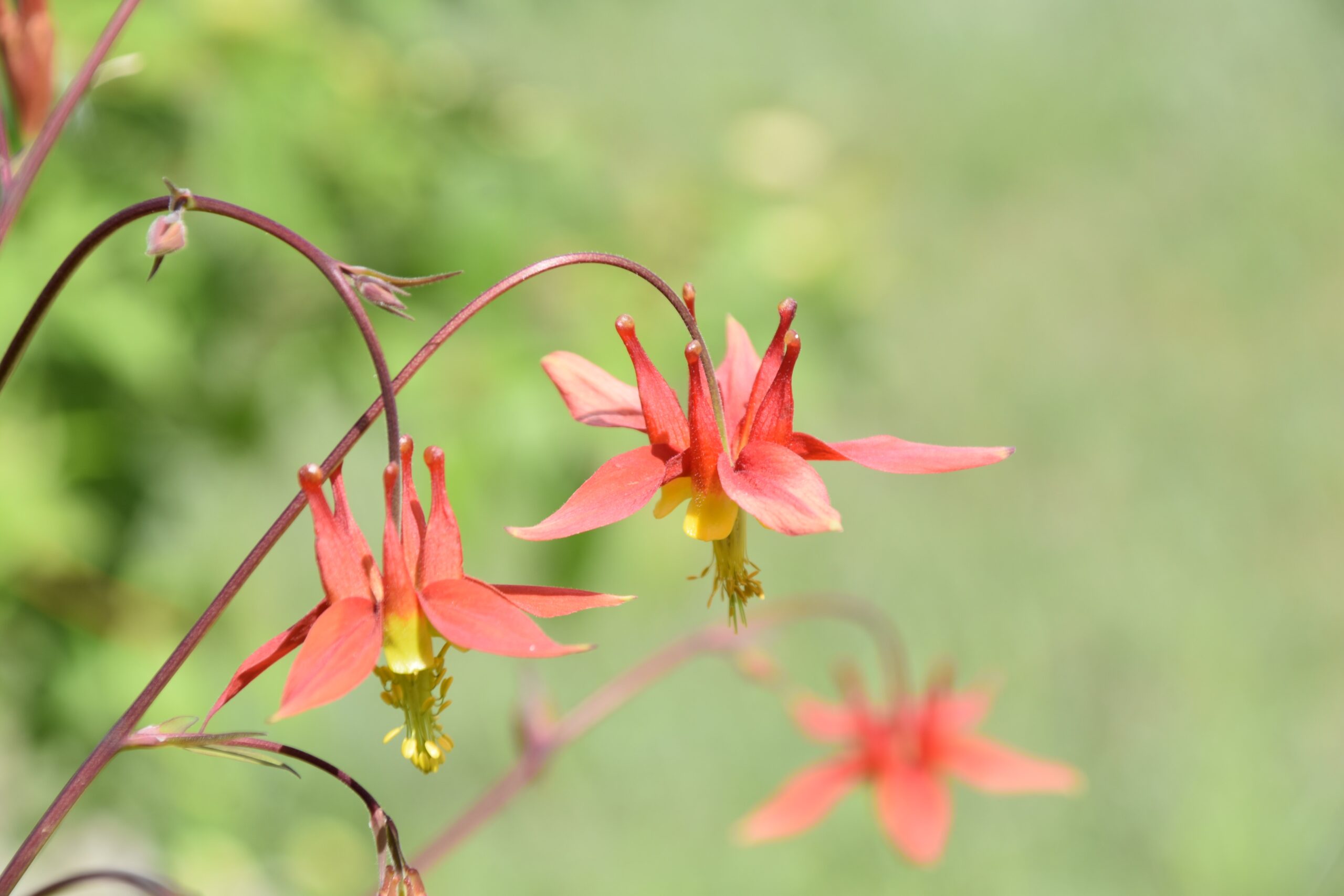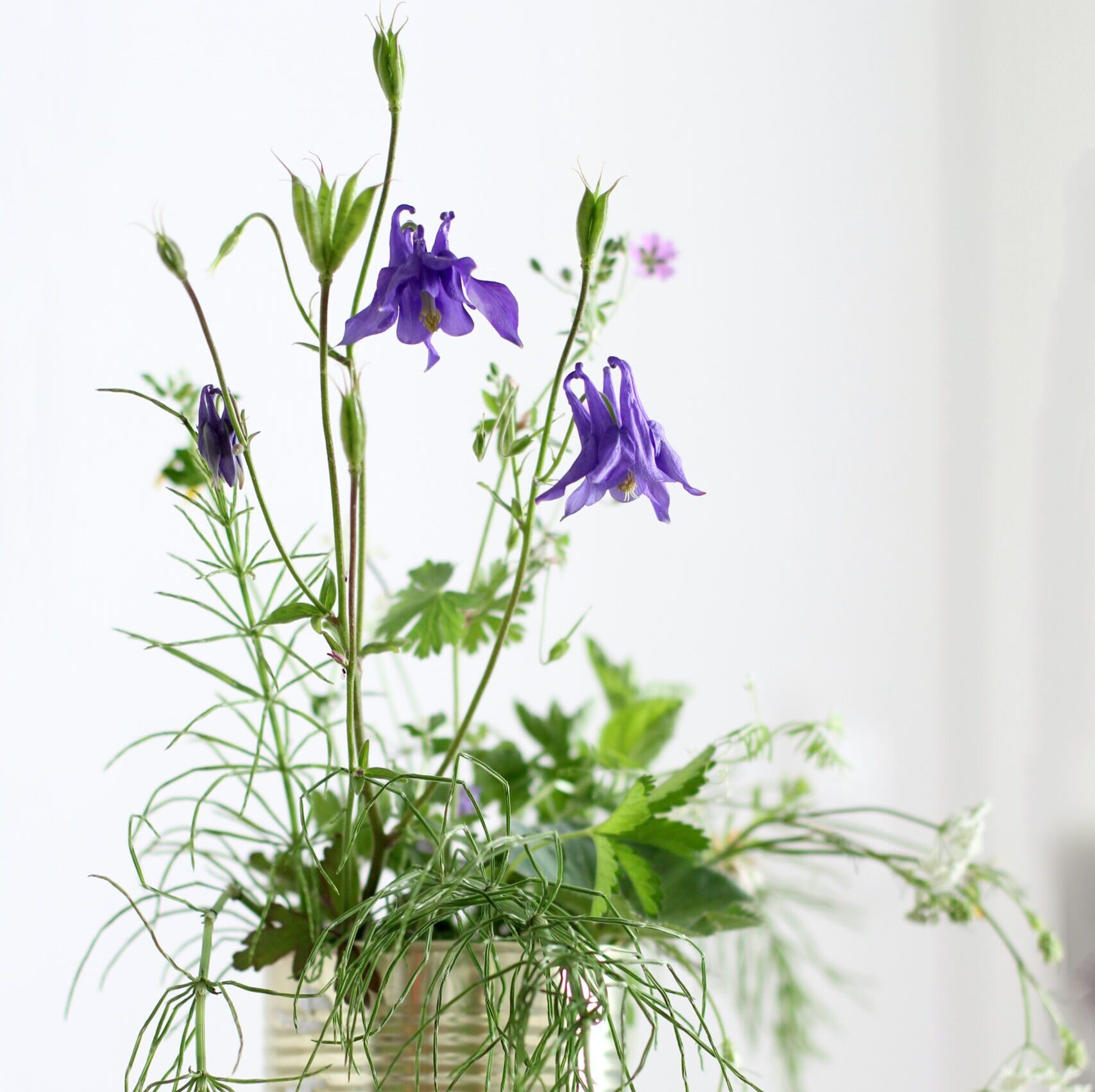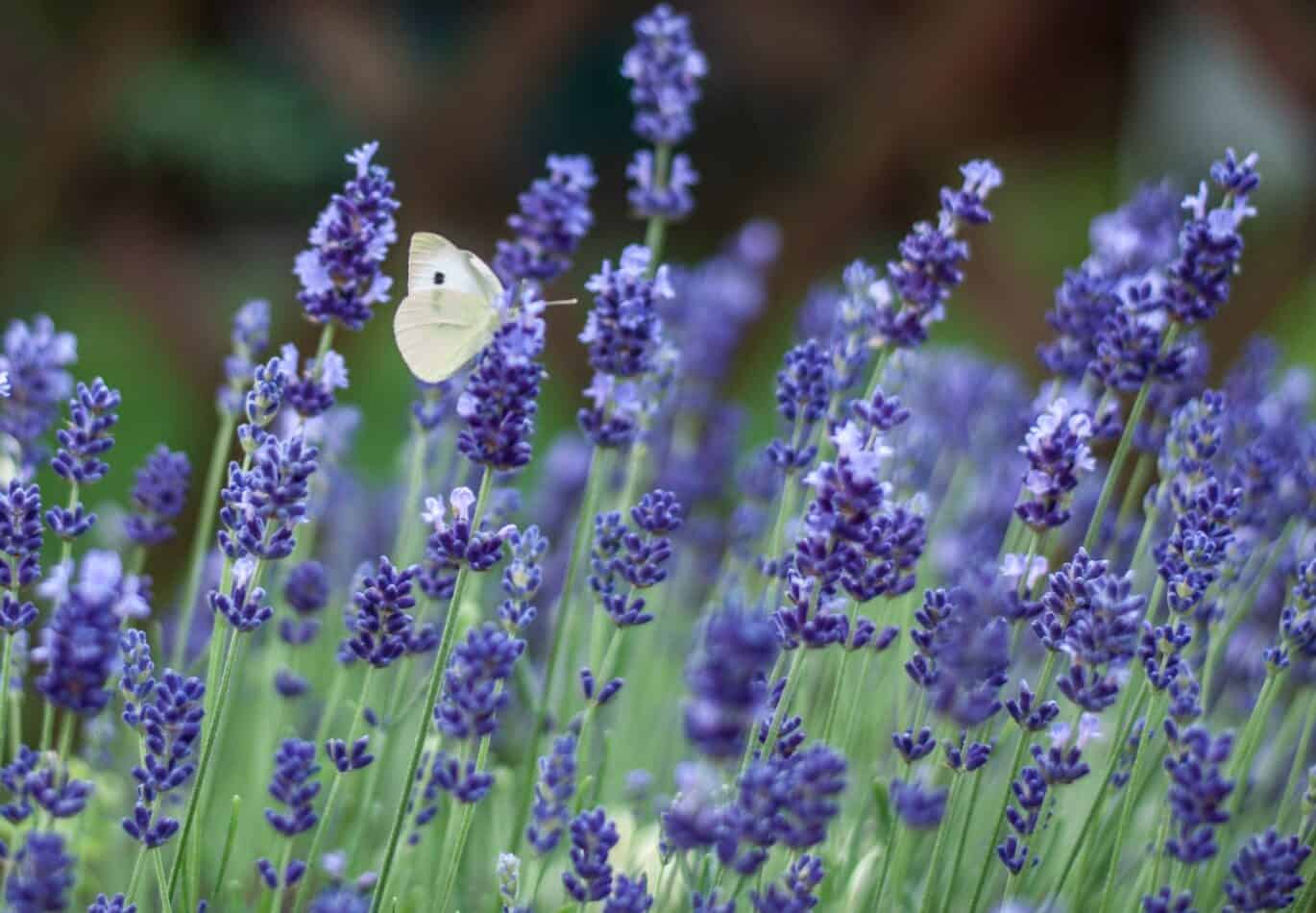Have you ever wondered How to Grow and Care for Columbine? We created an how-to guide to help you catering to this funnily shaped plant (at least the flowers have a funny shape!).
How to Grow and Care for Columbine
Columbine is a plant native to South America. The plant has gained popularity because of its unique appearance and medicinal properties.
Columbines are known for their beautiful flowers and bright green leaves. They also contain alkaloids that can be used to treat anxiety, depression, and insomnia.
However, some people are concerned about the safety of these plants. Some believe they are toxic and should not be consumed. Others say they are safe and even beneficial.

Columbine Planting Tips
Plant columbines where you want them to stay – in your garden, deck, or patio. These plants prefer full sun and average moisture levels. If you live in an area with dry summers, consider planting columbines in pots so they don’t get too thirsty. You can use pebbles or gravel around their roots to help retain water.
You can start columbines from seed indoors about six weeks before the last frost or outdoors after all danger of frost has passed. Sow seeds 1/2 inch deep and 2 inches apart. Cover lightly with fine sand to keep out birds and rodents. Keep the soil moist evenly until germination occurs. Seedlings appear within ten days. When seedlings reach 6 inches high, thin to 18 inches apart.
If you buy columbine plants, select healthy specimens with no signs of disease or insect damage. Avoid plants that look wilted or discolored. Plants purchased at nurseries often have plastic mulch wrapped around their root systems. Remove this protective covering immediately upon arrival home.
How to Grow Columbines
To grow Columbine, you’ll need a sunny spot in your garden where it gets at least six hours of direct sunlight daily. Choose a location with rich soil and plenty of room for the plants to spread out. Plant seeds in early spring after all danger of frost has passed. Seeds should germinate within two weeks. Once established, they will flower through summer and into autumn.
How to Care for Columbine Plant
With proper care, this plant will flourish for many years. Water it regularly, especially if the soil dries out. A little fertilizer once a month will keep it happy. Cut back spent flower stalks to encourage new growth.
Light
A garden with plants like this one will provide light all day long, so you won’t need artificial lighting. If you belong in an area where summers are hot and dry, consider planting shade-loving perennials like hostas, ferns, and sedums. These plants thrive in warmer temperatures and don’t require much water.
Soil
The best place to grow columbines is in rich, moist soil with lots of organic matter. If growing them outdoors, protect them from cold winds. If grown indoors, they require bright light and should not be placed near heat sources.

Water
Columbines are drought tolerant once established. They enjoy moist soil but will tolerate dryness if given adequate water. They should receive ample moisture in areas where summers are hot and humid. If planted in containers, keep them watered regularly.
Temperature and Humidity
Columbines love warm weather and dislike cool nights. They do well when temperatures range between 60°F and 80°F. During the winter months, they appreciate some protection from cold drafts.
Fertilizer
Since columbines have shallow roots, you shouldn’t fertilize them unless they show signs of stress. Fertilizing encourages vigorous growth and helps prevent diseases. Use a balanced fertilizer every other week.
Types of Columbine
There are wide varieties of Aquilegia, but most gardeners prefer the single-flowered “Columbine” type, with white petals edged in pink. This flower is available in various colors, including red, orange, yellow, purple, blue, and lavender.
Pruning
Columbines can be pruned in late spring or early summer. Prune away dead wood and branches that cross over the center of the plant. You should remove any damaged leaves, as these could become infected by insects.

Propagating Columbine
There are several ways to propagate Columbine. One method involves cutting the plant and planting it in soil. Another way is to take a piece of rootstock and grow it into a new plant. A third option is to take a seedling and transplant it into another pot or garden bed.
To propagate columbines, take stem cuttings in late spring or early fall. To prepare the cutting site:
- Use a sharp knife to make a small slice below the node.
- Insert the blade’s tip into the wound and gently twist until the entire cutting comes off.
- Put the cuttings in a tray loaded with dampened peat moss.
- Keep the cuttings in the dark until they begin to sprout.
Potting and Repotting Columbine
To grow your plants in containers, you must know how to pot them properly so they don’t dry or crack. A good rule of thumb is to fill the container two-thirds of the way with soil, then add enough water to cover the roots by at least 1 inch. Keep the soil moist but not soggy.
You can repot your Columbine after the first season. Remove the old pot and fill it with fresh potting mix. Water thoroughly before adding more soil. When repotting, add about half the volume of new ground. Add enough compost to retain good drainage.
Common Problems With Columbine
Insects
Like all plants, columbines are susceptible to insect damage. Aphids can cause severe problems if left unchecked. These pests suck sap from plants, causing leaves to curl and brown. Spray infested plants with insecticidal soap. For best results, apply the spray directly to aphid-infested leaves.
Diseases
Although columbines are generally resistant to disease, there are still some common problems. Fungi cause leaf spots. Treat affected leaves with fungicides such as Bordeaux, copper sulfate, or sulfur.
Mildew is usually associated with wet conditions. If you notice mold on your plants, try spraying them with a solution made up of one part bleach and three parts water. Be sure to wear gloves when handling the solution.
What we love from Amazon this week
Buy these wonderful flowers directly from Amazon:














